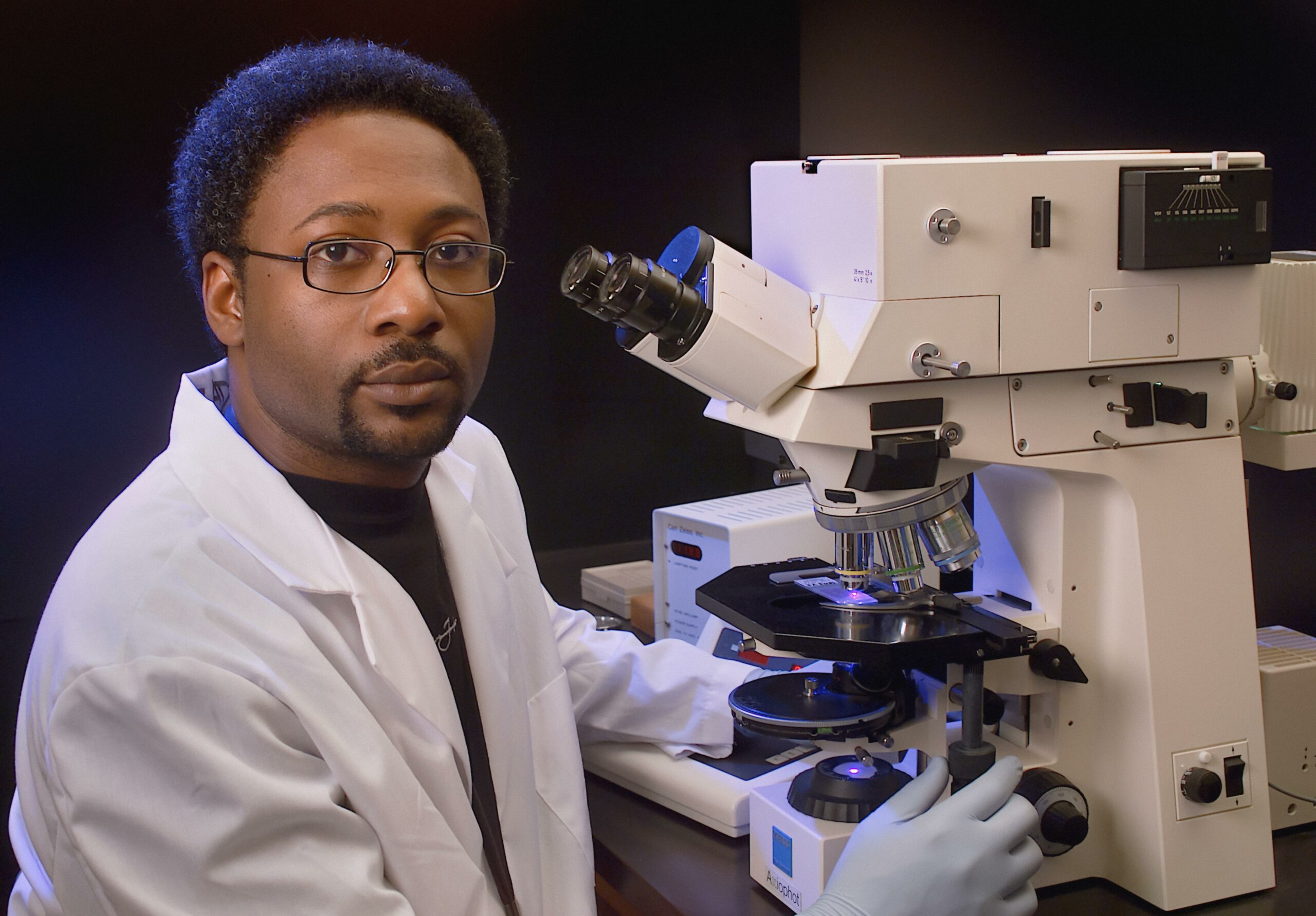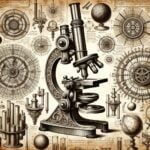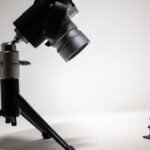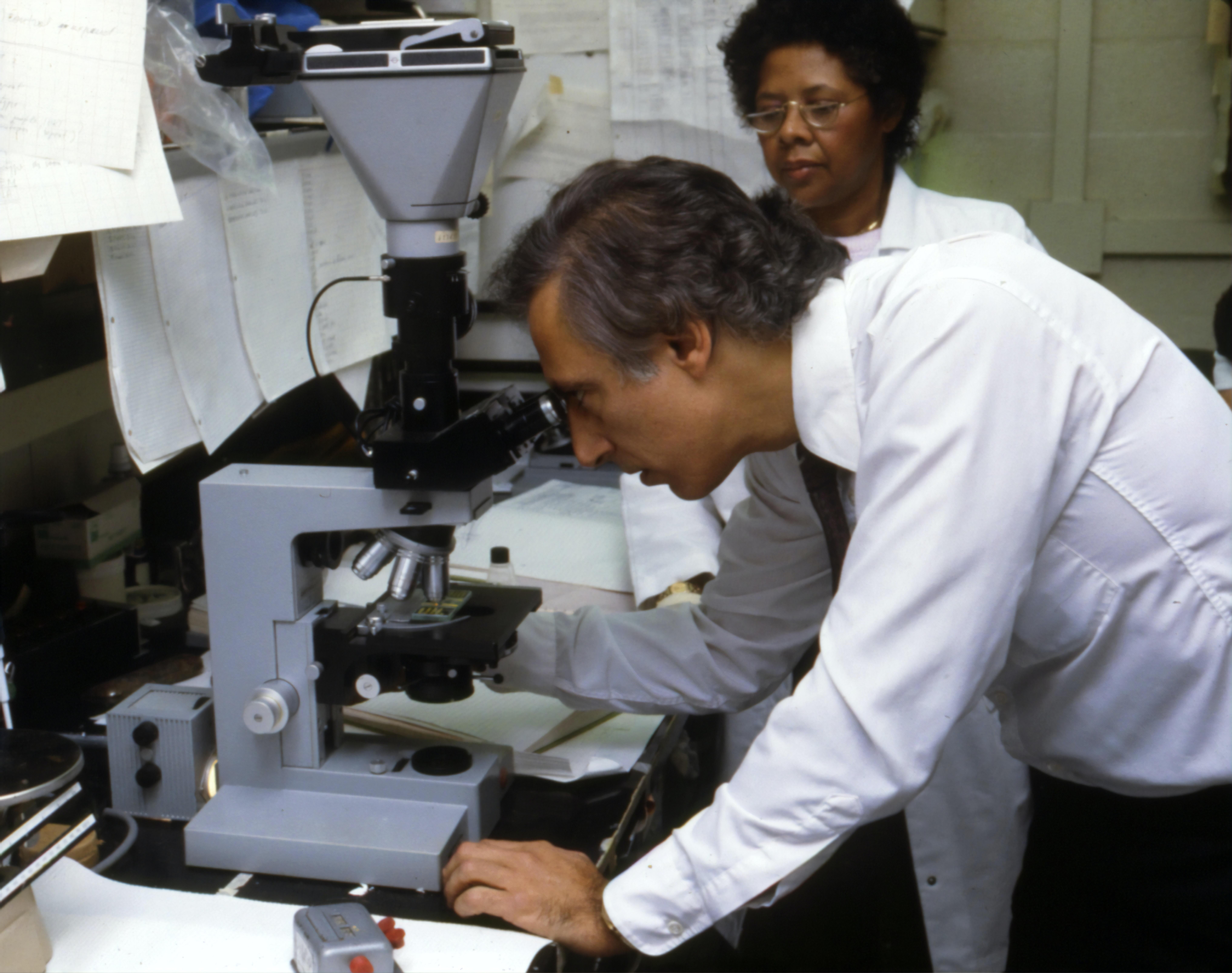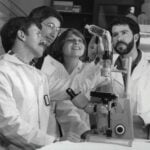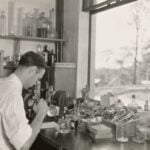Have you ever pondered the identity of the genius responsible for one of the most renowned and groundbreaking scientific advancements in history? Anticipate to be enthralled as we commence an expedition to reveal the ingenuity that conceived the microscope. This article will examine the life and achievements of the underappreciated hero whose contributions irrevocably altered our worldview. Anticipate an immersive exploration of the remarkable narrative surrounding the inventor who deciphered the enigmas of the subatomic realm, thereby initiating an innumerable sequence of scientific advancements.
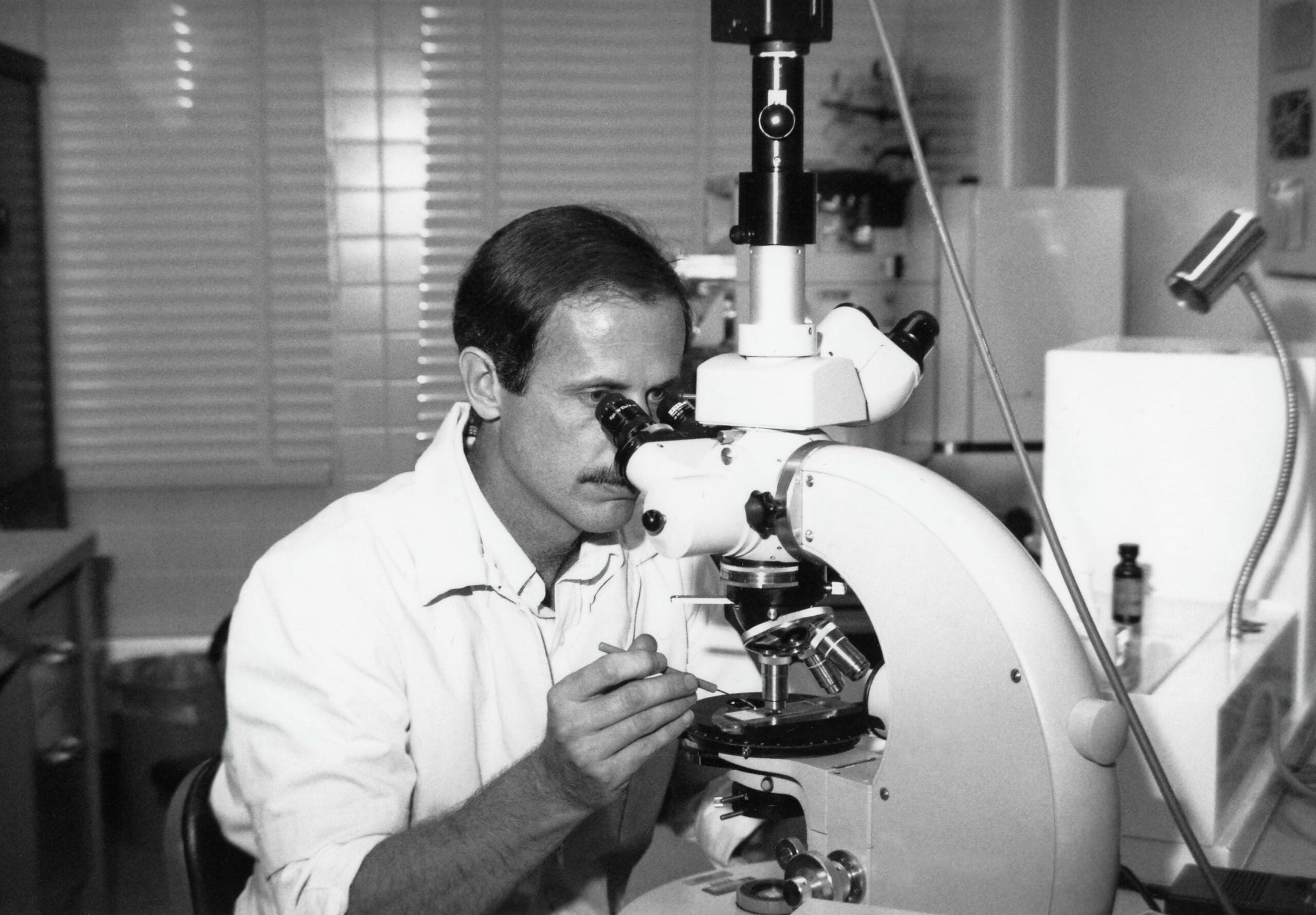
Who Created the Microscope
The history of the microscope’s invention is intricately linked to the brilliance and resourcefulness of numerous individuals. Although Zacharias Janssen is frequently credited with the invention of the first microscope, the precise provenance of this extraordinary apparatus is obscured by dispute and numerous contending figures. Embrace my company as we explore the captivating annals of the microscope’s past and reveal the brilliant minds responsible for its conception.
Johannes Zachariassen and Zacharias Janssen are the Dutch spectacle-benders.
Late in the 16th century, Zacharias Janssen, a Dutch spectacle-maker, brought about a paradigm shift in the field of optics. Janssen and his son Hans collaborated in the development of a rudimentary microscope featuring an individual convex lens. This revolutionary innovation enabled the enlargement of objects, thereby unveiling an entirely new realm to the human eye.
“The visionaries behind the microscope, Zacharias Janssen and his son Hans, ushered in a new era of exploration.”
Nevertheless, that is not the conclusion of the story. Another Dutchman, Johannes Zachariassen, asserted that his father, Zacharias Janssen, was the genuine inventor of the microscope. This claim introduces a thought-provoking element to the narrative, prompting us to contemplate the rightful author of this extraordinary work.
Antonie van Leeuwenhoek: The Master Knife of the Lens
Antonie van Leeuwenhoek, a Dutch scientist, revolutionized the use of microscopes in the 1660s. In contrast to his predecessors, Leeuwenhoek achieved lenses of unprecedented caliber by grinding his own. By painstakingly fabricating these lenses in order to scrutinize an infinite number of samples, he revealed a concealed realm of microorganisms and revolutionized our comprehension of the world.
“Antonie van Leeuwenhoek’s skillful lens-grinding techniques transformed the microscope into a powerful tool of discovery.”
The term microscope’ was coined by Giovanni Faber and Galileo Galilei.
Another influential figure in the evolution of the microscope surfaced during the 17th century. The Italian scholar Giovanni Faber introduced the term “microscope” in reference to the compound microscope developed by Galileo Galilei. The term in question, which originated from the Greek words “skopein” (to gaze) and “micros” (small), encapsulated the fundamental nature of this groundbreaking innovation.
“The word ‘microscope’ provided a fitting name for an instrument that allowed us to peer into the microscopic realm.”
Microscopy Beyond the Eighteenth Century
As technology progressed, the microscope also evolved. The development of compound microscopes peaked in the eighteenth century as a result of Hans and Zacharias Janssen’s contributions. By employing multiple lenses, these microscopes significantly enhanced their magnification capabilities.
“The 18th century witnessed a surge in microscope advancements, propelling the world of scientific exploration to new heights.”
In the 20th century, Ernst Ruska achieved notable advancements in the field of microscope technology. The introduction of the electron microscope by Ruska introduced an entirely novel era of imaging, enabling researchers to scrutinize the sub-microscopic domain with remarkable precision.
The microscope has been historically indispensable to scientific inquiry. It has been an essential instrument in the investigation of organismal complexities, the study of cells, and the resolution of mysteries pertaining to the microscopic realm.
“The microscope stands as a testament to human curiosity, constantly pushing the boundaries of our knowledge.”
Thus, the development of the microscope can be regarded as a collaborative endeavor that amalgamated the expertise and foresight of singular individuals. The notion of magnification was initially proposed by Zacharias Janssen and his son Hans. Subsequently, the technology was refined by Antonie van Leeuwenhoek, and Giovanni Faber bestowed upon it his name. As a collective, their contributions laid the foundation for subsequent developments and empowered succeeding generations of scientists to investigate the obscure marvels of the microscopic domain.
Check out this fascinating article about the history of microscopes and the brilliant minds behind their invention. Curious to know who invented the microscope? Click here and satisfy your curious mind. Explore the story behind this groundbreaking invention and uncover the incredible discoveries that were made possible through this revolutionary tool. Find out how the microscope revolutionized the fields of biology, medicine, and scientific research. Don’t miss out on this intriguing journey through the world of microscopy!
FAQ
Inquiry 1:
Who is acknowledged as the inventor of the microscope?
Response 1:
It is generally accepted thspectacle makerclemaker Zacharias Janssen invented the first microscope. A basic microscope that utilized a solitary convex lens to amplify objects was devised by him. His patent for theEurope,scope garnered recognition throughout Europe, attributing it to him.
Respondent 2:
Johannes Zachariassen may have made a claim to the patent as the inventor of the microscope.
Response 2:
It has been asserted that Johannes Zachariassen, the progeny of Zacharias Janssen, was in fact the inventor of the microscope. While the exact inventor remains a subject of debate, Zacharias Janssen is commonly ackncrediteds the individual who invented the first microscope.
Inquiry 3:
Who else was responsible for producing microscopes in the 1660s?
Response 3:
Another Dutchman, Antonie van Leeuwenhoek, manufactured microscopes in the 1660s through the process of lens honing. Van Leeuwenhoek is renowned for his extraordinary observations of microscopic organisms and his substantial contributions to the discipline of microscopy.
Fourth Question:
When was the initial development of compound microscopes?
Response 4:
In 1590, Hans and Zacharias Janssen introduced the initial iteration of compound microscopes. By virtue of their multiple lenses and ability to achieve greater magnification, these microscopes represented a substantial progression in the field of microscopy technology.
Issue No. 5:
The attribution of the term “microscope” to Galileo Galilei’s compound microscope is unknown.
Response 5:
The term’microscope’ was originally applied to Galileo Galilei’s compound microscope by Giovanni Faber. The name of this instrument, which was coined from the Greek words “skopein” (to gaze at) and “micros” (small), accurately described its capacity to observe minute objects.
